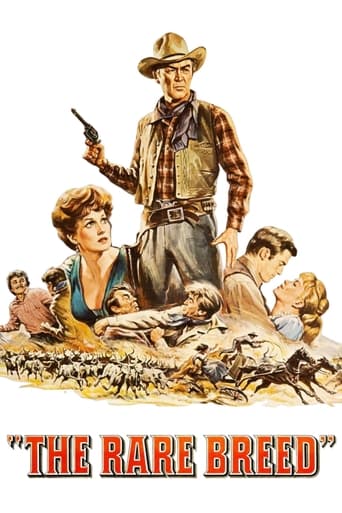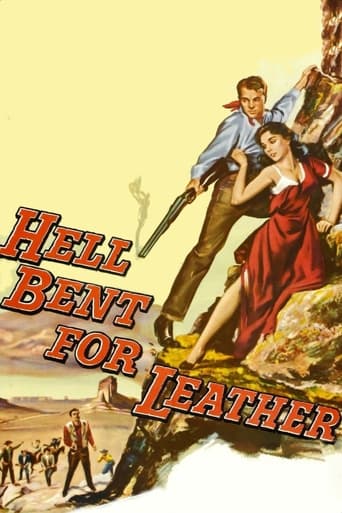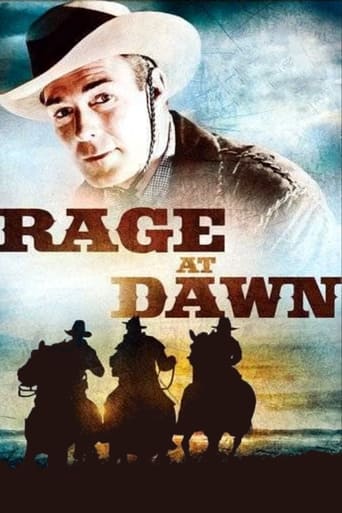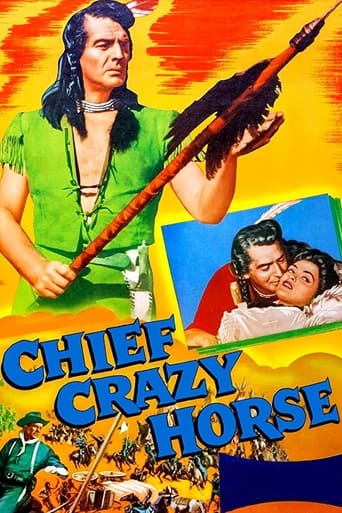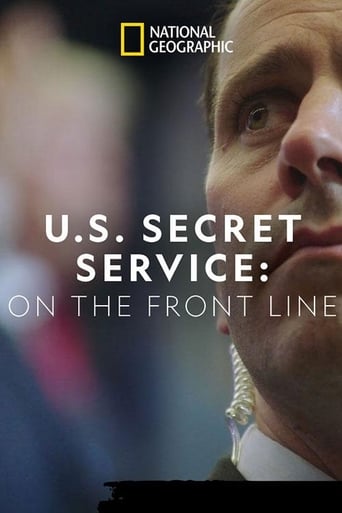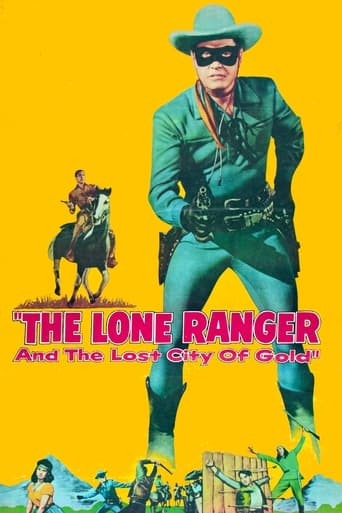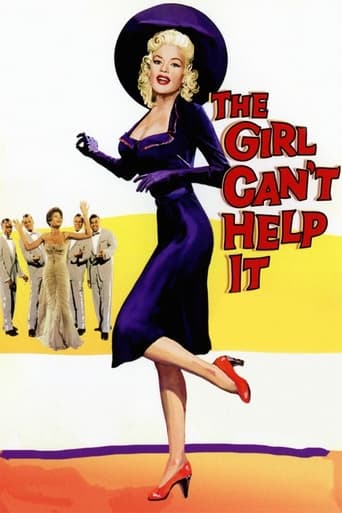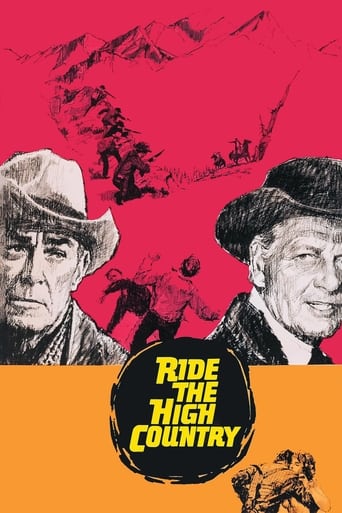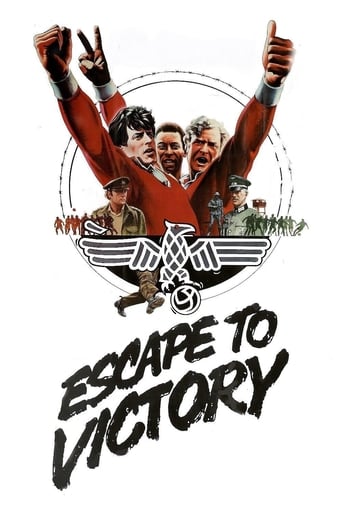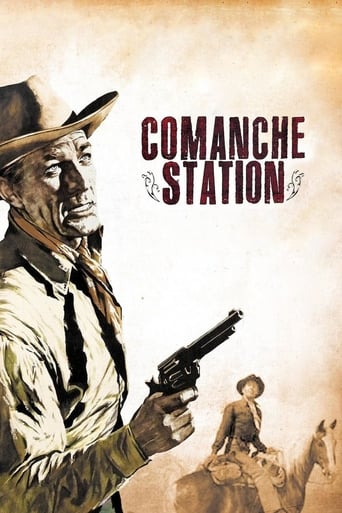


Comanche Station
A white man trades with the Comanche for the release of a female stranger and the pair cross paths with three outlaws who have their eyes on the handsome reward for bringing her home and Comanche on the warpath.
-
- Cast:
- Randolph Scott , Nancy Gates , Claude Akins , Skip Homeier , Richard Rust , Rand Brooks


Similar titles
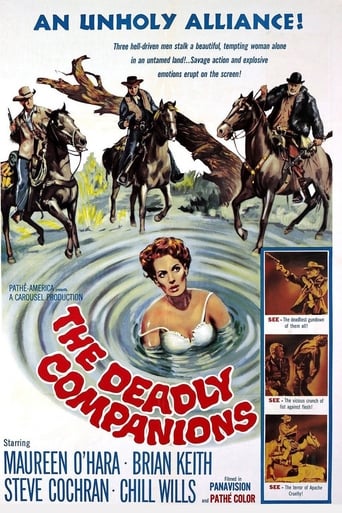
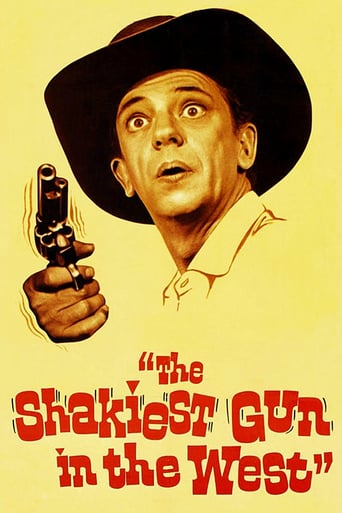
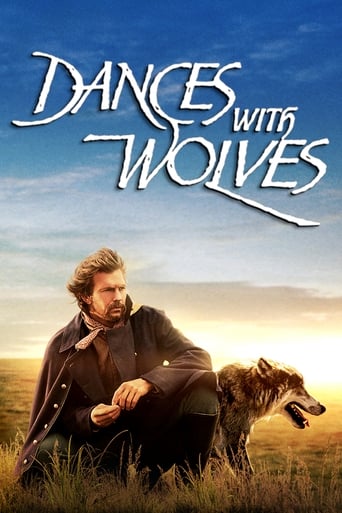
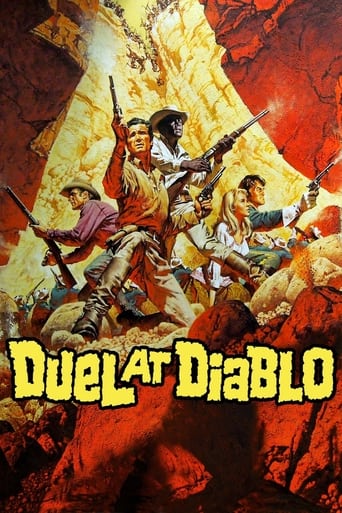

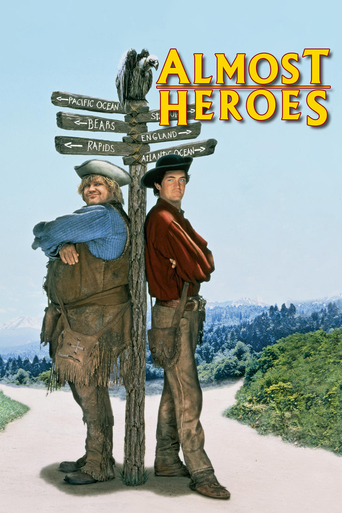

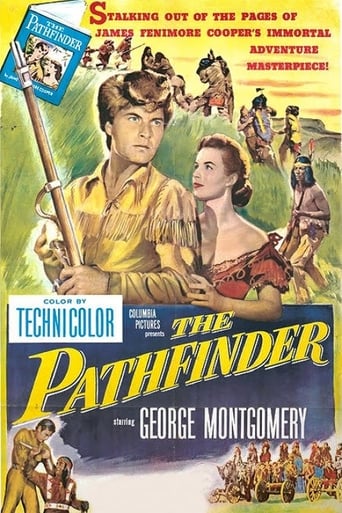
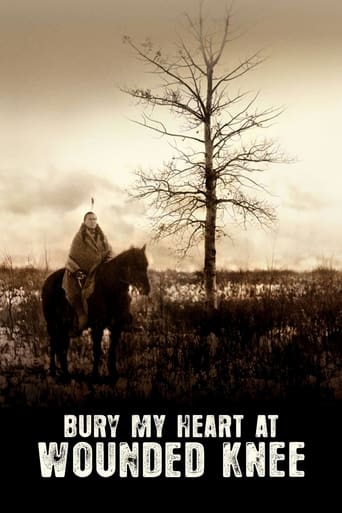
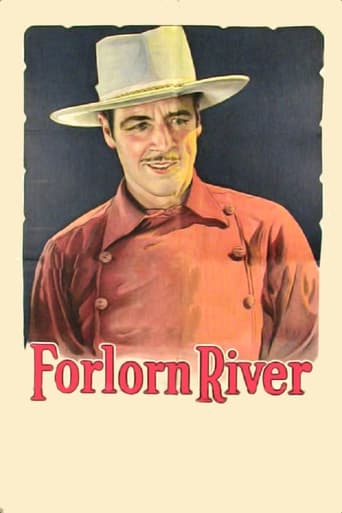
Reviews
Just perfect...
hyped garbage
it is finally so absorbing because it plays like a lyrical road odyssey that’s also a detective story.
All of these films share one commonality, that being a kind of emotional center that humanizes a cast of monsters.
While the western genre is not my favourite one of all film genres (not sure which one is my favourite due to trying to appreciate them all the same), there is a lot of appreciation for it by me. There are a lot of very good to great films, with the best work of John Ford being notable examples. 'Comanche Station' is the final collaboration of the seven films director Budd Boetticher and lead actor Randolph Scott did together in the late 50s. By all means 'Comanche Station' is not their best pairing (perhaps towards the lesser end, which is not a knock as this merely means it's only because the best of them are so great), but one can totally see the appeal of their collaborations and both Boetticher and Scott are well served, the film being a good representation of both. It is a very good note to go out on and of their films it is perhaps the most overlooked. Which is a shame because it's a very good film with many excellent elements.By all means not perfect. Nancy Gates is rather bland in a role that is rather underwritten. The film loses momentum on occasions.However, Scott is as stoic and charismatic as ever with an appealingly craggy edge, being both likeable and tough. Every bit as good is a truly menacing Claude Akins, relishing his quite meaty villainous character. The two work very effectively together and their final confrontation is one of 'Comanche Station's' high points. Boetticher's direction is efficient and lean.A big shout has to go to the production values. While there is grandeur and atmosphere to the settings it's the photography that's the star, especially in the unforgettable wordless opening sequence, one of my favourite openings of Boetticher's/Scott's films together. The music is rousing yet never intrusive and the more eventful parts blister.There is thankfully no fat or ramble to the thought-probing, tight and sharply focused script and the storytelling is brutally bleak and movingly elegiac, mostly nicely paced too. 'Comanche Station' may not have the same depth of characterisation as other Boetticher/Scott outings or character complexity, but the two lead characters are interesting and the character interaction is a major plus point numerous times. Notably with Scott and Akins in their final confrontation, which positively blisters.On the whole, very good. 8/10 Bethany Cox
NOTES: Filmed entirely at Lone Pine, California, this is the last of the Scott-Boetticher westerns. It was preceded by Seven Men from Now (1957), The Tall T (1957), Decision at Sundown (1957), Buchanan Rides Alone (1958), Ride Lonesome (1959), and Westbound (1959).COMMENT: Randolph Scott does justice to his perfectly tailored role and though the film is a little heavy on the dialogue side, it still has more than enough action to satisfy the fans. Nancy Gates comes across as an attractive if somewhat colorless heroine, but the real support acting is turned in by the trio of villains: Claude Akins makes a commendably successful attempt to stamp his criminality with a more rounded characterization than the conventional black hat/black heart, while Skip Homeier and Richard Rust as his equally unconventional, not over-willing accomplices also impress strongly. Boetticher has directed with his usual vigor. And though the budget is small, other credits are likewise well up to scratch.OTHER VIEWS: Hollywood's six-guns have finally got around to firing just six shots, but that is still one too many, according to Randolph Scott. "Western films today are getting more of the authentic flavor of the old West, but there are still some interesting facts that are consistently overlooked. Nearly always, there's the six-gun that never seems to need re-loading," Scott told me. "This is more or less a joke in Westerns, watching the hero or badman snap off shot after shot with apparently no concern about an empty cylinder." According to Scott, most of the famous gunfighters of the West carried only five cartridges in their Colt. The hammer always rested on the empty chamber to prevent accidental firing caused by a bump which could easily jar the hair-trigger on the gun. "If you were facing a gent like John Wesley Hardin or Clay Allison, one shot would be all you'd need anyhow," Scott insisted. "Because, if you didn't hit him with your first shot, you would wonder why in Boot Hill."
"Comanche Station" rides into "The Searchers" territory, but also feels a little like the funky television westerns of the 1960's such as Steve McQueen's "Wanted Dead or Alive" or Nick Adams "The Rebel".When Jefferson Cody (Randolph Scott) rescues Nancy Lowe (Nancy Gates) from the Comanche their troubles are just starting when they meet up with a trio of outlaws led by Ben Lane (Claude Atkins). The journey back to civilisation is a tense one, as Cody now has to protect Nancy from their saddle companions as well as the Indians. There is the inevitable showdown, but the ending does have a surprise. Director Bud Boetticher's westerns with Randolph Scott have been reappraised over the last couple of decades, especially this one, the last they made together.The film looks terrific. Boetticher had an eye for country. He gets as much out of the rocky setting as Ford got out of Monument Valley.It's also a fascinating collision of acting styles. Randolph Scott by this stage of his career looked positively granite-hued, and represented the rugged individuals who had forged a place for themselves in the American West – a man of few words, but sure of himself. Scott played this sort of role throughout most of his career, but I always felt that he walked the walk, and talked the talk with a bit more authority than John Wayne. During WW1 Scott had enlisted in the U.S. Army and dodged sniper bullets and shellfire in France as an artillery observer, all detailed in Robert Nott's book "The Films of Randolph Scott".The opposite of Scott's stoicism comes from the input of Skip Homier and Richard Rust as Frank and Dobie, Ben Lane's two sidekicks. Both brought a touch of method to the saddle and their troubled teens could just as easily have been stalking the sidewalks of late 1950s New York – James Dean would have felt right at home riding with this party. Even the Indians with their identical hairdos look more like a gang than a tribe.Ford and others had probably given us enough of the way The West really was. Not so worried about authenticity, Boetticher gave this western a contemporary edge that still works today.
Gaining the release of a rich white woman being held hostage by Comanches proves to be fairly easy for Ex-Cavalry officer Randolph Scott. The hard part is getting her back home with his sleazy former subordinate Claude Akins and Akins' dim-witted partners tagging along, especially since they know what the woman's husband is willing to pay for her return, or that of her body!Another great film directed by Bud Boetticher, what strikes me most about this and others by Boetticher is the wonderful use of the widescreen image. Not only does every frame of the picture look like a master painting, they are also so perfectly balanced. Not an inch of Cinemascope is wasted.The script by Burt Kennedy bears a passing resemblance to his earlier one for Ride Lonesome. Look hard and you'll notice the burnt remains of that film's memorable "hanging tree" standing in the middle of a large pond!

